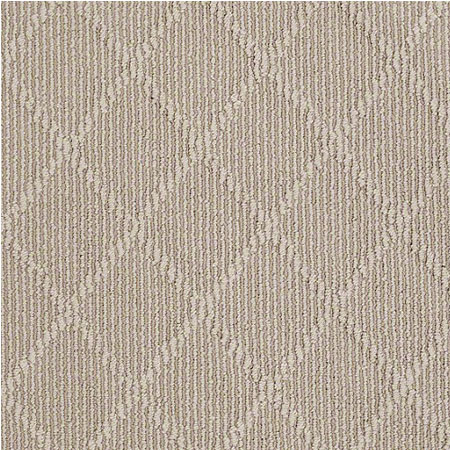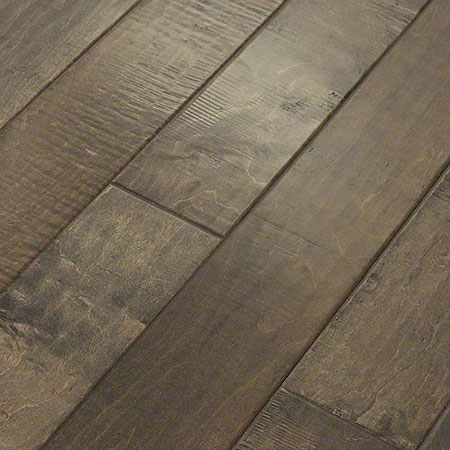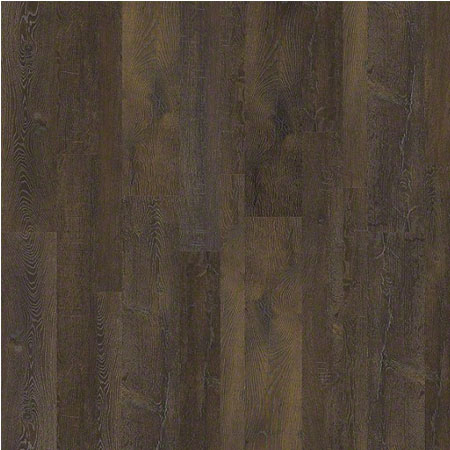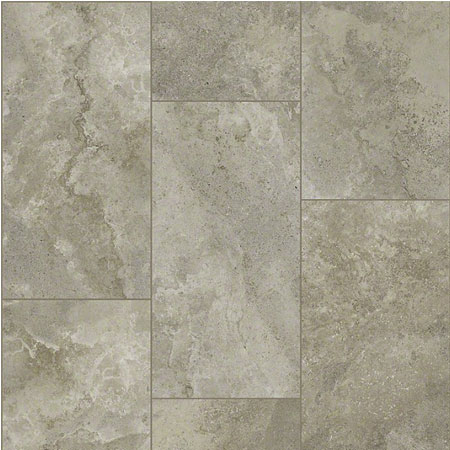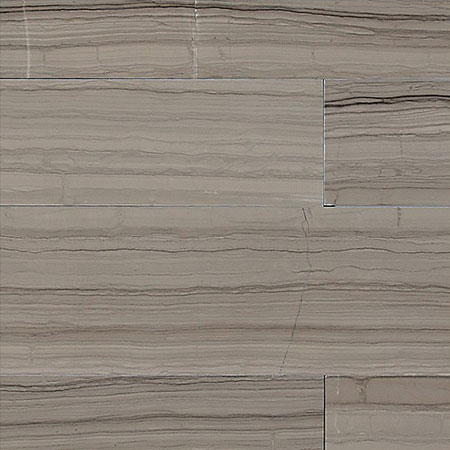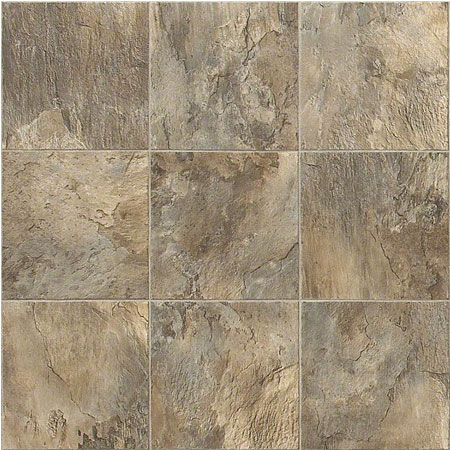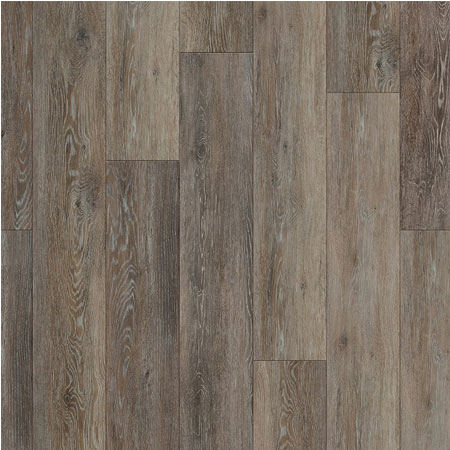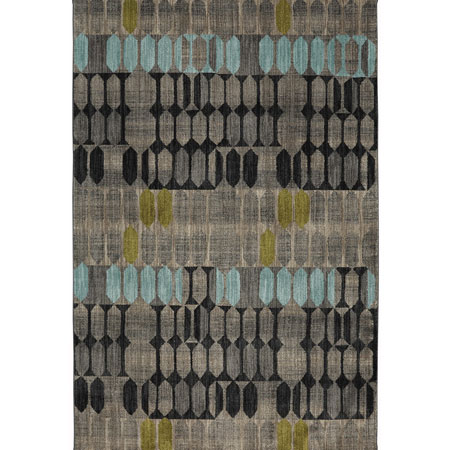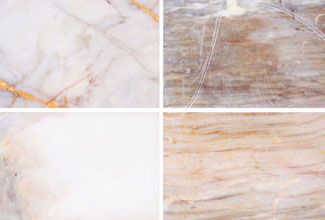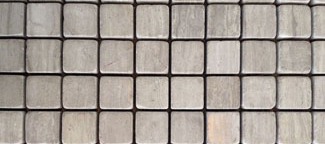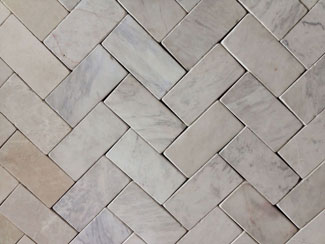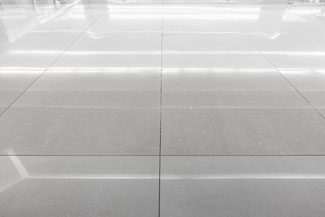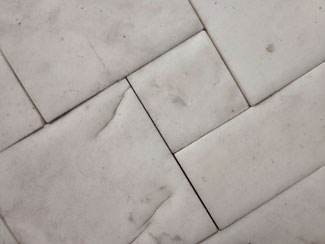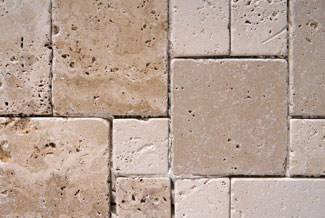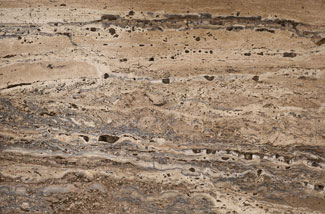Request an Estimate
Natural Stone Styles
NO TWO NATURAL STONE FLOORS ARE THE SAME.
Each floor will exhibit its own unique coloring, veining, and natural characteristics. Each has a style all its own, a one-of-a-kind personality. Natural stone floor tile sizes are 12” x 12”, 13” x 13”, 16” x 16”, and 18” x 18”. Natural stone is also available in mosaics which are comprised of pieces 3” or smaller and are often attached to a mesh backing.
There are two types of edges for natural stone floor tile: a polished bull nose edge that has a rounded or curved appearance, or a polished straight 90-degree edge that gives a more modern and cleaner look to your space.
NATURAL STONE CAN BE GROUPED INTO THREE CLASSES.
Igneous rock: This is formed when molten rock cools and hardens.
Sedimentary rock: This is formed from biological deposits that have undergone consolidation and crystallization.
Metamorphic rock: This is created when other kinds of rock are changed by great heat and pressure inside the earth. Now, let’s take an even closer look at some of the most popular natural stone types available today.
ALL NATURAL STONE IS FABRICATED WITH A PARTICULAR TYPE OF SURFACE FINISH.
Some common types of surface finishes we see today are polished, honed, acid-washed, saw-cut refined, flamed, split faces, tumbled, and brushed.
A polished surface creates a beautiful glossy shine from the natural reflection of the stone’s crystals. The mirror-like shine is accomplished by using progressively finer polishing heads during the polishing process. Granite, marble, and limestone are frequently polished.
A honed surface provides a flat, matte, or satin finish creating a more informal and softer look. This finish is created by stopping short on the last stage of polishing. A honed finish shows fewer scratches and requires very little maintenance. Marble, limestone, and slate would be your best choices for a honed finish.
An acid-washed finish is shiny with small etching marks or pits in the surface. This finish shows fewer scratches and is much more rustic in appearance. Most stones can be acid-washed, but the most common are marble and limestone. Acid-washing is a way to soften the shine on granite.
A saw-cut refined finish offers you a matte finish. After the initial cutting, the stone is processed to remove the heaviest saw marks, but not enough to achieve a honed finish.
A flamed finish is achieved by heating the surface of the stone to extreme temperatures, followed by rapid cooling. The surface of the stone pops and chips, leaving a rough, unrefined texture. This process is usually done with granite. Flamed granite has a highly textured surface, making it ideal for areas where slip resistance might be a concern.
Split-faced finishes give you a rough texture, but one not as abrasive as flamed. This finish typically is achieved by hand cutting and chiseling at the quarry, exposing the natural cleft of the stone. This finish is primarily done on slate.
A tumbled finish delivers a smooth or slightly pitted surface and broken, rounded edges and corners. There are several methods used to achieve the tumbled look. Marble and limestone are your primary candidates for a tumbled finish.
A brushed finish features a worn-down look achieved by brushing the surface of the stone, simulating natural wear over time.

